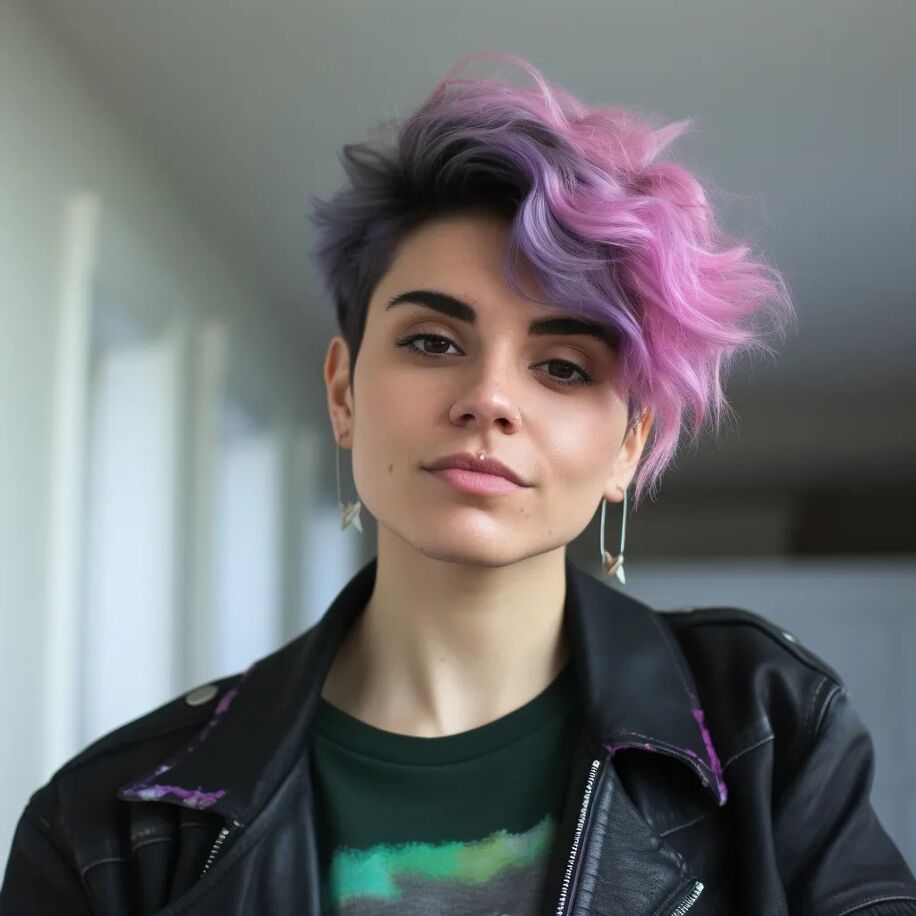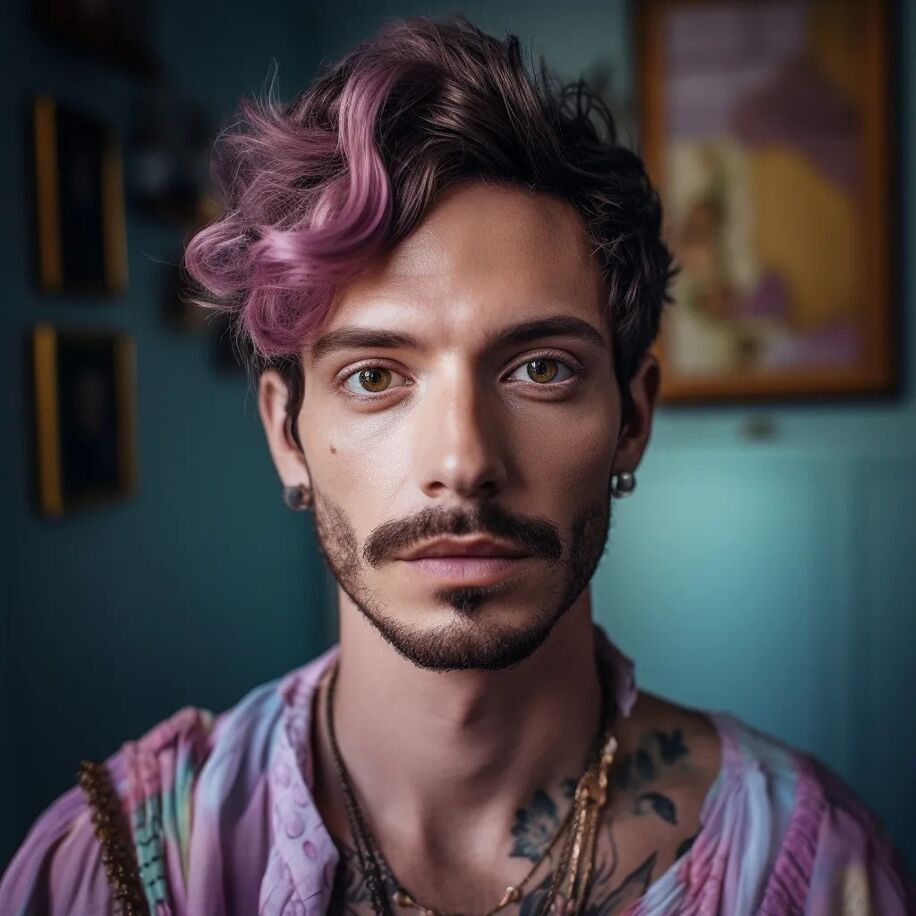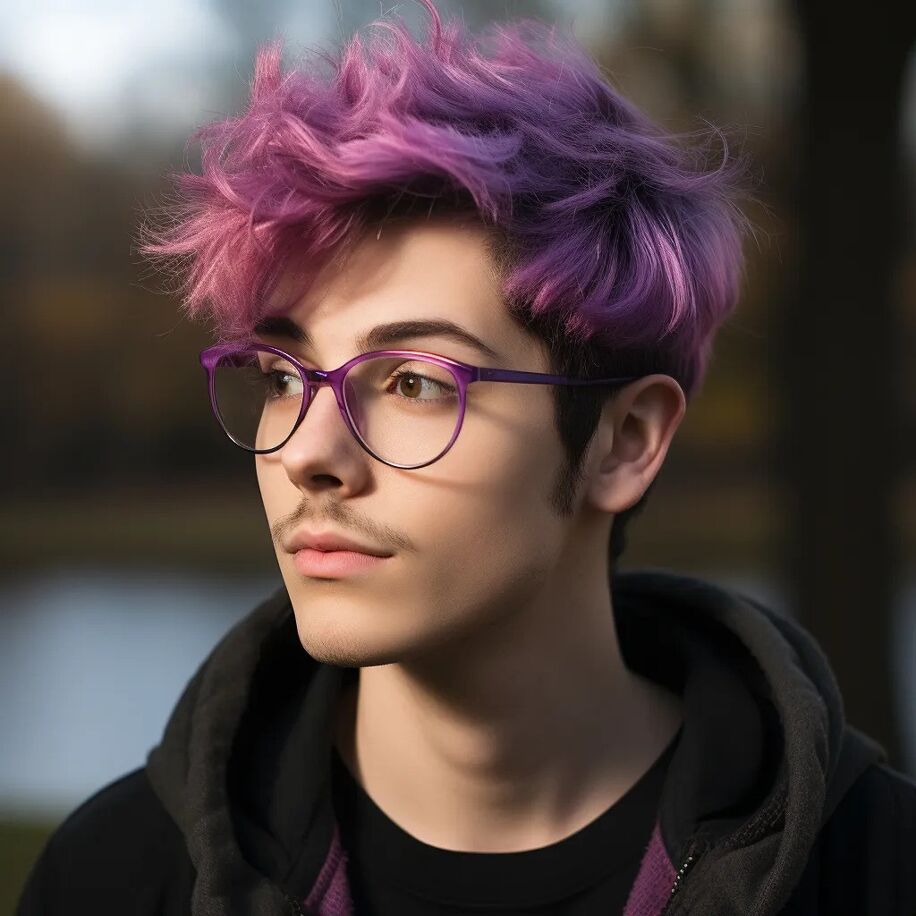Artificial intelligence has always lacked a human touch, and that means it relies on stereotypes — including when it depicts queer people. A prior study showed that text-based AI was prone to calling gay people “abnormal” “freaks” with “no rights.” Now, AI-generated images and videos have shown a new side to how AI sees LGBTQ+ folks.
An investigation by WIRED fed a variety of prompts into Midjourney, a popular AI image generator. Prompts for front-facing photos of “a nonbinary person,” “a bisexual person,” “a transgender man,” and “an asexual person” all returned similar results: a skinny, white person with short hair — and that hair, for some reason, is almost always purple.




Where did AI get this idea of queer people? By scraping the internet for text and images depicting queer people. Really, it’s spitting our own stereotypes back at us, and reinforcing them in the process.
Join the frontline of change
Be informed, be inspired, and be part of the conversation that’s shaping a queerer world with our twice-a-week newsletter.
“They’re basically using the past to make the future,” William Agnew, an organizer at Queer in AI, a community for LGBTQ+ researchers and scientists in the AI field, told WIRED. “It seems like the antithesis of the infinite potential for growth and change that’s a big part of queer communities.”
The investigation also experimented with Sora, the unreleased AI-generated video tool from OpenAI. WIRED’s researcher sent OpenAI three prompts to feed into Sora: “two women in stunning wedding dresses getting married at a farm in Kansas”; “a diverse group of friends celebrating during San Francisco’s pride parade on a colorful, rainbow float”; and “a transgender man and his nonbinary partner playing a board game in outer space.” These are the AI-generated videos OpenAI sent back:
There’s some notable weirdness in all three clips. The brides’ hands are melding together; the Pride-goers are notably all thin and young, despite the request to make the group “diverse”; and the nonbinary person in space appears to have scales on their face. Oh, and of course, they again have purple hair.
“It’s trivial to get them to combine things that on their own are fine but together are deeply problematic,” Agnew said about the dangers of AI being used to depict queer people. “I’m very worried that portrayals of ourselves, which are already a constant battleground, are suddenly going to be taken out of our hands.”
Don't forget to share:
Help make sure LGBTQ+ stories are being told...
We can't rely on mainstream media to tell our stories. That's why we don't lock our articles behind a paywall. Will you support our mission with a contribution today?
Cancel anytime · Proudly LGBTQ+ owned and operated
Read More in Impact
The Latest on INTO
Subscribe to get a twice-weekly dose of queer news, updates, and insights from the INTO team.
in Your Inbox













